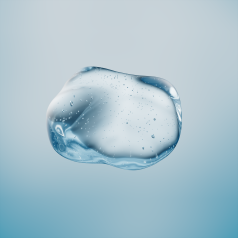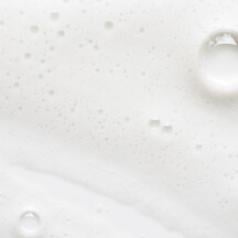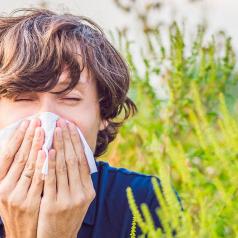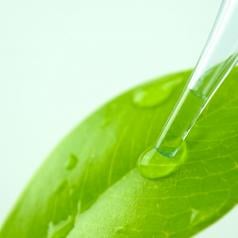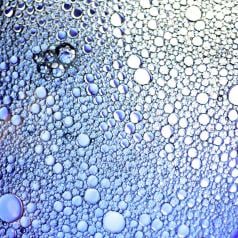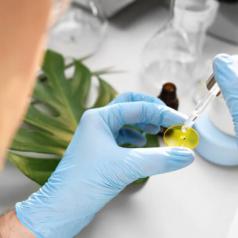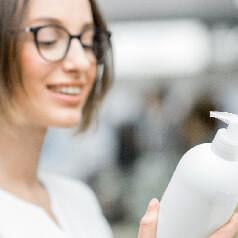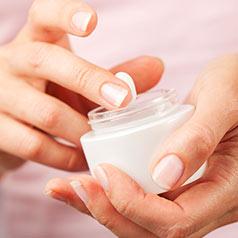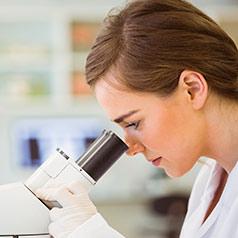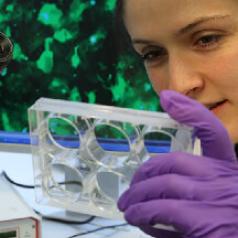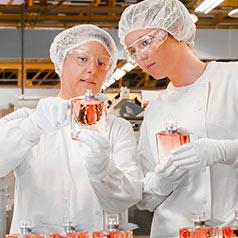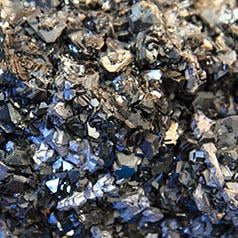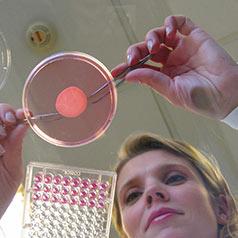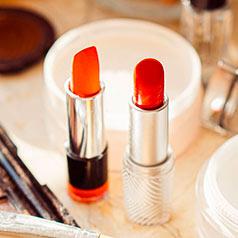A growing concern, endocrine disruption is very often confused with the notion of endocrine modulation, where a substance interacts with the hormonal system without disrupting it. This endocrine modulation is quite benign to human and environmental health under the conditions of use of the substance in question: its level in the finished product, the area of application or the frequency of use. For example, many of us consume coffee, chocolate or soy, and yet these substances are well known to interact with the hormonal system. In the quantities conventionally consumed, we all know that coffee, chocolate or soy are usually harmless to our health!
Definition of an endocrine disruptor
The definition given by the WHO (World Health Organization) is as follows: “an endocrine disruptor is a substance or mixture of substances, which alters the functions of the endocrine system and thereby induces adverse effects in an intact organism, its offspring or in (sub)populations”
Therefore, an ingredient is declared as an endocrine disruptor if, and only if:
- a direct causal link is established between the ingredient and hormonal deregulation, and
- adverse effects on the hormonal system have been observed in humans and/or wildlife.
Let us take the example of parabens, such as methylparaben and ethylparaben: an endocrine modulation effect is indeed observed, but it does not lead to harmful effects for humans and/or nature. They are therefore not endocrine disruptors, but endocrine modulators.

The position of the European Commission
The European Commission decided to have 20 substances re-evaluated by the European Science Committee for their possible endocrine disruptive effects on human health. It has given a favorable opinion for 18 substances since 2021. Evaluations on the remaining substances are in progress.
Our commitments
Today we do not use any ingredient defined as an endocrine disruptor. None of our ingredients cause adverse effects to humans or to environmental health, under the conditions in which we use them: concentration in the finished product, area and frequency of application. If there is any doubt or scientific evidence of an adverse effect of our ingredients, resulting from interaction with the hormonal system, we remove it from our products.
We are committed to monitoring the latest scientific data and taking appropriate action as soon as the results of European Science Committee are available.
Building on 20 years of developing knowledge and robust scientific methods, we have set up an important platform of predictive tests to ensure the safety of our consumers and to protect the environment. These tests allow us to detect if any ingredients interact with different hormone receptors.
Our Research & Innovation division continues to conduct research into modulation and endocrine disruption, in partnership with external researchers such as Dr. Patrick Balaguer from the National Institute of Health and Medical Research (INSERM, Montpellier) or through the FEATS project in partnership with the National Institute of Industrial Environment and Risks (INERIS) and the European ERGO project. This is funded by the European Commission and brings together international academic partners, industry professionals and representatives of regulatory authorities.


